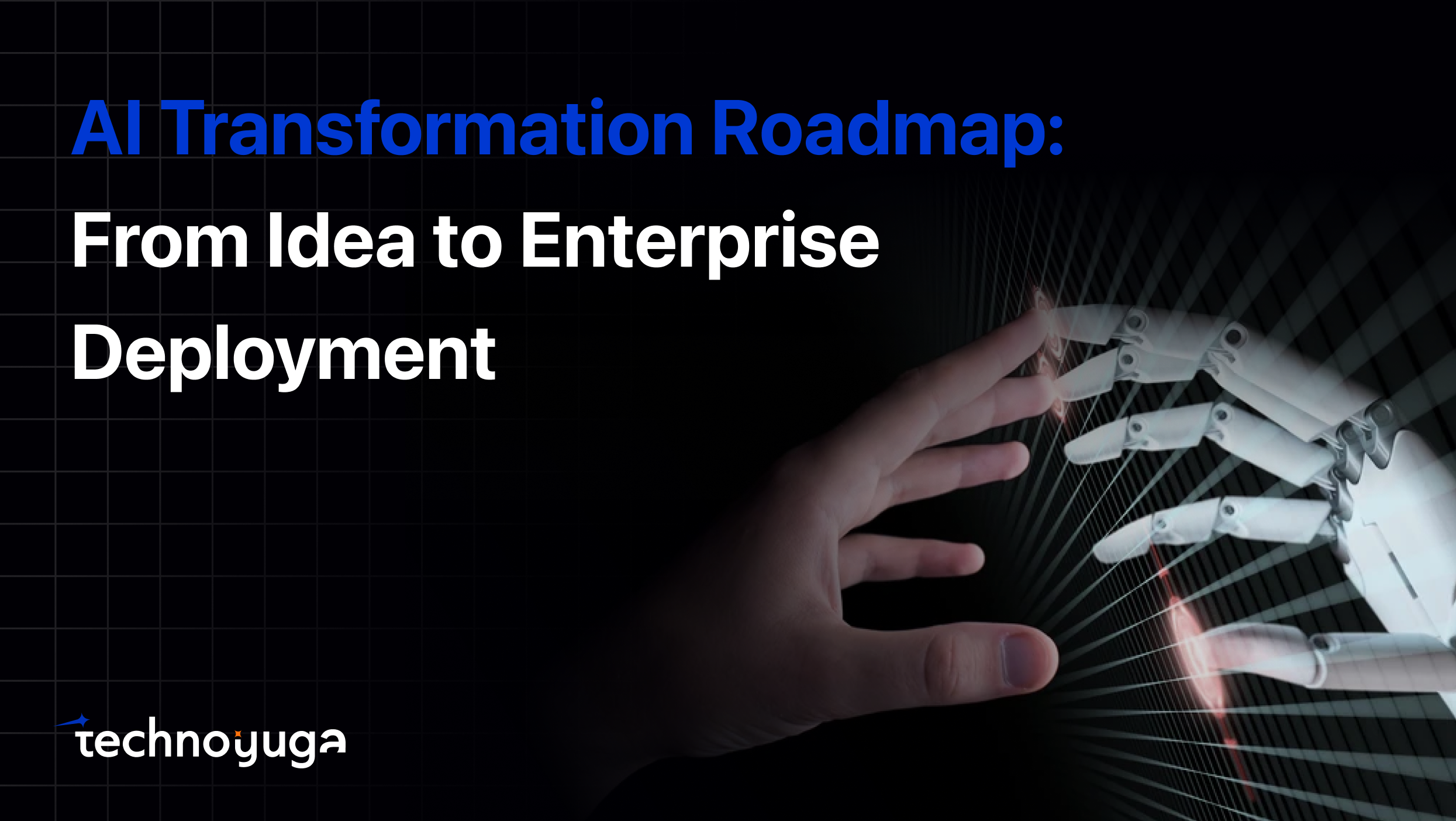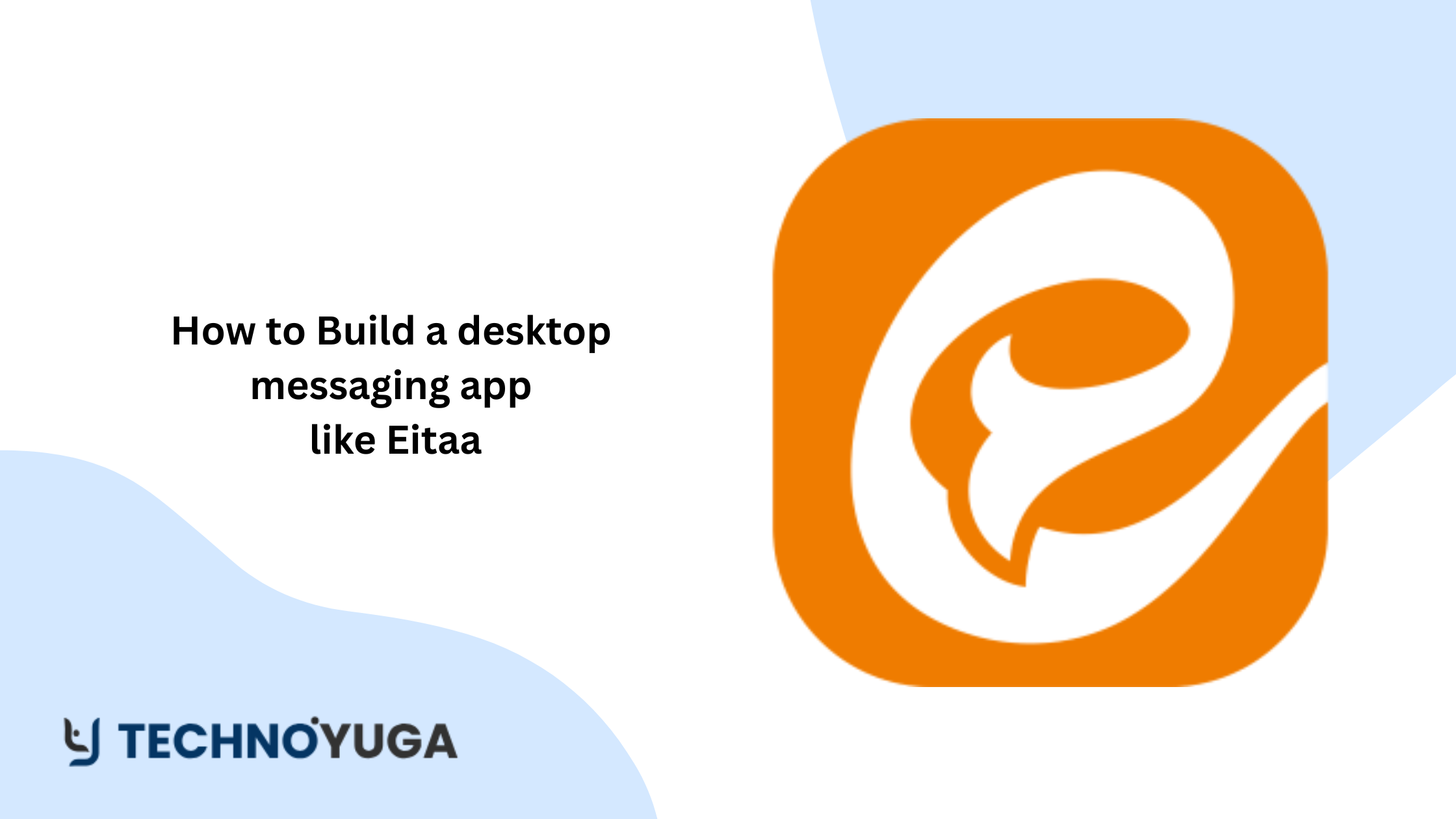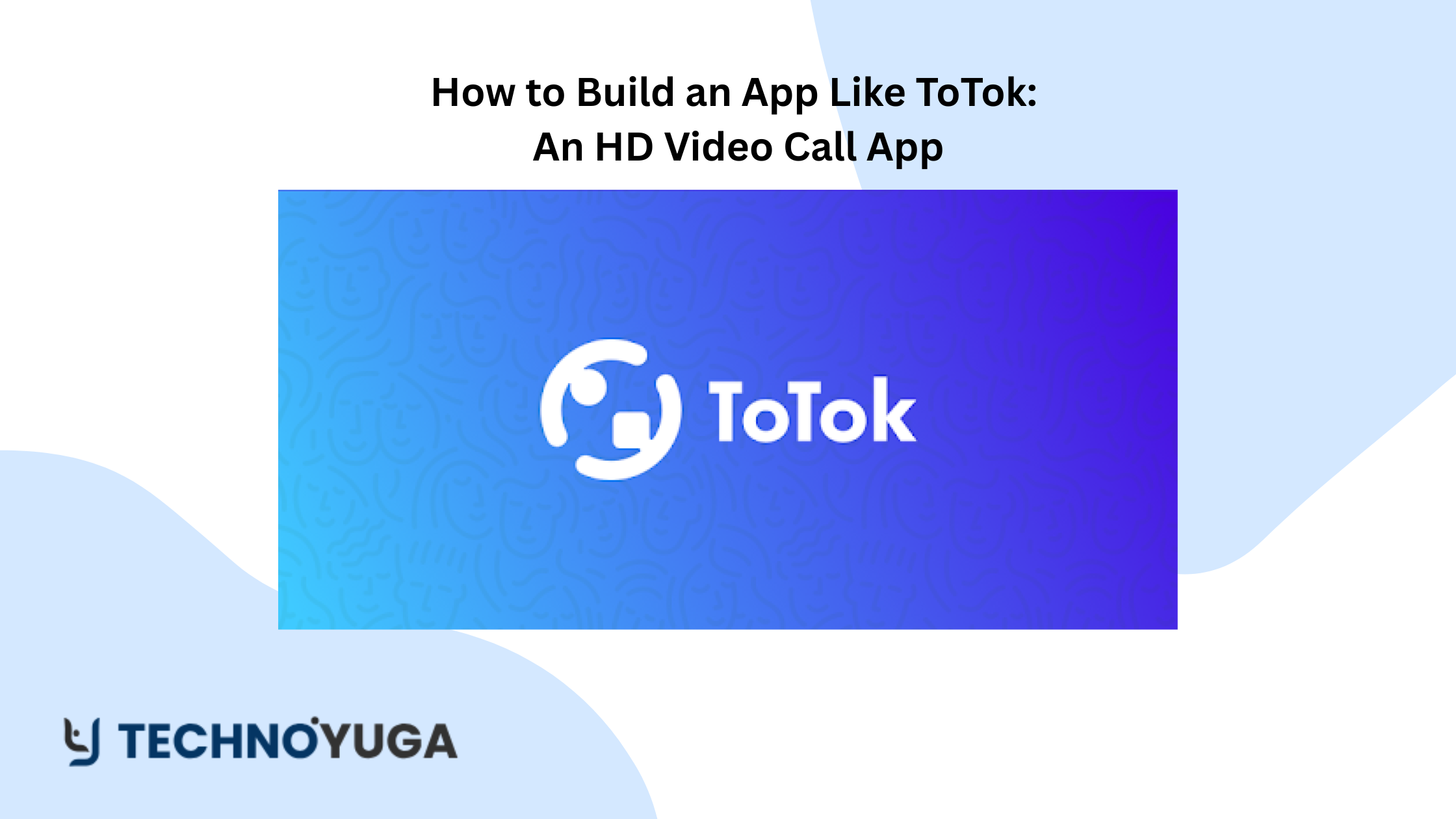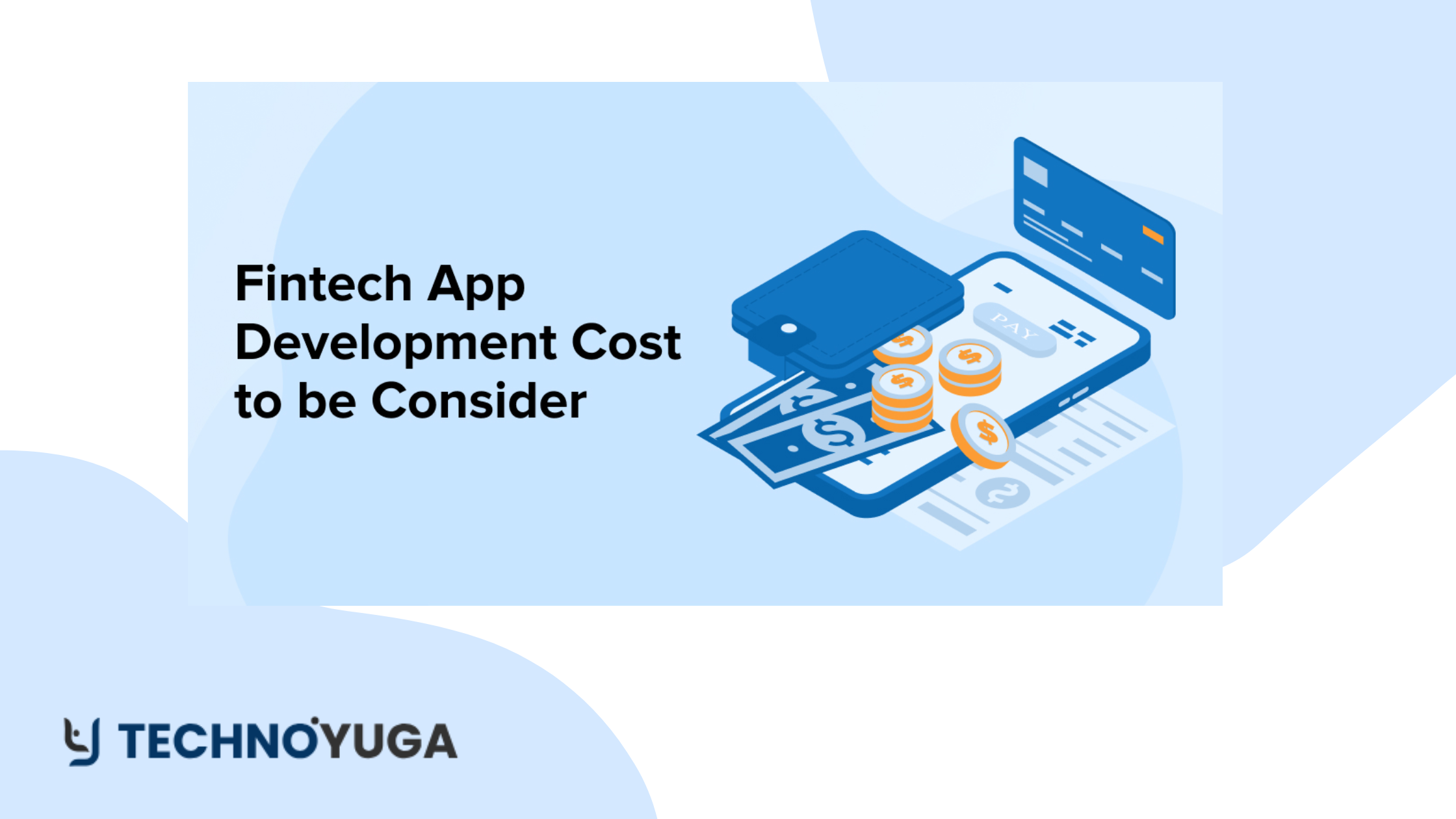The rise of blockchain technology has paved the way for revolutionary advancements in various industries, and social media is no exception. Traditional social media platforms are often criticized for centralized control, data privacy concerns, and limited monetization options. In contrast, a Web3 social media platform leverages blockchain technology to offer a decentralized social media platform that empowers users with data ownership, enhanced privacy, and innovative monetization models.
If you’re wondering how to develop a Web3 social media app, this guide provides a comprehensive overview, from understanding the technology to the actual development process. With Web3 social media app development, users gain control over their data through decentralized identity in social media, Web3 authentication for social media, and smart contracts for social media apps. Additionally, features like NFT integration in social media platforms, Web3 community engagement strategies, and DAO governance for social media networks enable unique experiences and rewards for users.
Choosing the best blockchain for Web3 social media is crucial for seamless performance, scalability, and security. Popular options include Ethereum, Solana, and Polygon. Partnering with a blockchain development company or a Web3 development company is essential to build a scalable, secure, and user-friendly blockchain-based social network. You can hire blockchain developers, hire dedicated developers, or hire Web3 developers for efficient Web3 social media platform development.
The Web3 development cost or blockchain app development cost can vary based on features, blockchain protocol, and developer expertise. A reliable mobile app development company or blockchain app development company can help create a feature-rich, secure, and scalable Web3 social media platform tailored to your business needs.
This blog will walk you through the complete process of Web3 social media development, from ideation to launch, and provide insights into effective Web3 social media monetization strategies. Whether you are a startup or an established business, understanding how to build a blockchain-based social network is vital for future-proofing your platform in the Web3 era.
Understanding Web3 and Its Impact on Social Media
The rise of Web3 social media platforms is revolutionizing how users interact online by shifting power from centralized entities to individuals. Unlike traditional platforms controlled by corporations, a decentralized social media platform leverages blockchain technology to offer transparency, privacy, and user ownership. This shift is paving the way for new-age platforms where users can truly own and monetize their content.
1. The Need for Decentralized Social Media
Traditional social media networks often face challenges like censorship, data breaches, and unfair content monetization. Building a blockchain-based social network overcomes these issues by providing:
- Decentralized Identity in Social Media: Users can manage their identities securely using Web3 authentication for social media platforms, eliminating the need for centralized databases.
- Smart Contracts for Social Media Apps: These self-executing contracts enable automated content monetization, community rewards, and DAO-based governance.
- NFT Integration in Social Media Platforms: Creators can tokenize and sell digital assets, such as art, videos, and exclusive content.
2. Benefits of Web3 Social Media Platform Development
- Ownership and Monetization: Platforms use Web3 social media monetization models, enabling users to earn rewards through NFTs, social tokens, and staking mechanisms.
- Transparent Governance: Using DAO governance for social media networks, communities can propose and vote on platform changes.
- Enhanced Security and Privacy: Users retain ownership of their data, thanks to decentralized protocols.
3. How to Develop a Web3 Social Media App
Creating a Web3 social media app requires a systematic approach, including:
- Choosing the Best Blockchain for Web3 Social Media
- Ethereum for flexibility and developer tools
- Polygon for scalability and low fees
- Solana for high-speed transactions
4. Smart Contract Development
- Token creation (ERC-20, ERC-721, ERC-1155)
- Implementing DAO governance and staking mechanisms
- Decentralized Identity & Authentication
- Web3 authentication for social media using MetaMask, WalletConnect, and decentralized identity protocols.
5. NFT and Token Economy
- Incorporating NFT marketplaces and token-based rewards.
- Community Engagement
- Deploying Web3 community engagement strategies like token-based voting and exclusive content access.
6. Development and Cost Considerations
The cost of Web3 social media development varies based on features, blockchain network, and complexity. A reliable Web3 development company or blockchain app development company can provide accurate estimates. Generally, the Web3 development cost includes:
- Smart Contract Development
- Decentralized Storage Solutions
- Frontend and Backend Development
- Security Audits
For businesses looking to reduce expenses, hiring dedicated developers or blockchain developers from a blockchain development company can be cost-effective.
7. Finding the Right Development Partner
Collaborating with a reputable Web3 development company or mobile app development company ensures seamless execution. Businesses can hire dedicated developers with expertise in blockchain development, smart contracts, and Web3 social media platform development.
Web3 technology is reshaping social media by giving power back to users, enabling new forms of ownership, governance, and monetization. The future of social media is decentralized, transparent, and user-centric, driven by innovations in blockchain development and Web3 app development.
Key Features of a Web3 Social Media Platform
Decentralized Identity and Authentication
- Users manage their digital identities securely using Web3 authentication methods like MetaMask, WalletConnect, and decentralized identity protocols.
- Eliminates the need for centralized databases, enhancing privacy and control over personal information.
Smart Contracts for Automated Processes
- Self-executing contracts handle content ownership, monetization, and governance.
- Enable decentralized content creation, tipping, and payment models without intermediaries.
NFT Integration for Content Monetization
- Creators can tokenize digital assets (images, videos, and posts) as NFTs.
- Enables unique ownership rights, collectibles, and royalties on resales.
DAO Governance for Community Control
- Decentralized Autonomous Organizations (DAOs) allow users to participate in decision-making.
- Voting mechanisms let users propose and approve changes to platform features, policies, and upgrades.
Web3 Social Media Monetization Models
- Token-based reward systems for content creation, engagement, and staking.
- Social tokens, NFT sales, and community incentives enable users to earn from platform contributions.
Decentralized Data Storage
- Platforms store user-generated content on decentralized storage solutions like IPFS, Arweave, or Filecoin.
- Reduces dependency on centralized servers, ensuring data security and censorship resistance.
- Seamless Web3 Authentication and Onboarding
- Wallet-based login for easy access and enhanced security.
- Eliminates the need for traditional usernames and passwords.
Tokenization and Reward Mechanisms
- Social tokens, NFTs, and platform-specific tokens are used for payments, rewards, and governance.
- Users can earn tokens for contributions, referrals, and community participation.
Privacy and Data Ownership
- Users retain control over personal data and can choose what to share.
- Blockchain ensures transparency and immutability, preventing data manipulation.
Interoperability and Cross-Chain Compatibility
- Support for multiple blockchains to enhance user options and platform capabilities.
- Enables token transfers and interactions across different networks.
Tech Stack for Building a Web3 Social Media Platform
1. Blockchain Platforms and Protocols
- Selecting the right blockchain is crucial for network performance, security, and scalability. Popular choices include:
- Ethereum: Most common for dApps and DeFi, offers robust smart contract support using Solidity.
- Polygon (Matic): Layer 2 solution on Ethereum for faster transactions and lower fees.
- Solana: High-performance blockchain for low-latency and high-throughput applications.
- BNB Chain: Cost-effective with fast transactions, ideal for DeFi and NFTs.
- Polkadot and Cosmos: For cross-chain compatibility and interoperability.
2. Smart Contract Development
Smart contracts automate key functionalities like content ownership, monetization, and governance. Common tools include:
Languages:
- Solidity (Ethereum, Polygon)
- Rust (Solana, NEAR)
- Vyper (Ethereum alternative)
Frameworks and Tools:
- Hardhat: Development, testing, and deployment on Ethereum
- Truffle: Smart contract development and testing
- Remix IDE: Browser-based development
- Anchor (Solana)
3. Decentralized Storage Solutions
Decentralized storage ensures security, privacy, and censorship resistance. Popular choices include:
- IPFS (InterPlanetary File System): Content-addressable, peer-to-peer storage network.
- Arweave: Permanent and low-cost data storage.
- Filecoin: Decentralized storage with an incentive layer on IPFS.
- Storj and Sia: Cloud storage alternatives with encryption and redundancy.
4. Identity and Authentication Solutions
Decentralized identity enables users to control their digital identities securely. Options include:
- MetaMask, WalletConnect: Popular for Web3 authentication and wallet integration.
- Magic Link, Torus: Passwordless authentication.
- DID (Decentralized Identity) and SSI (Self-Sovereign Identity) solutions.
5. Frontend Development
Frontend frameworks and libraries help create engaging user interfaces for Web3 platforms:
React.js, Next.js, Vue.js: Popular frameworks for building modern UIs.
Web3 Libraries:
- Web3.js (Ethereum dApps)
- Ethers.js (Ethereum dApps)
- Wagmi (React hooks for Ethereum)
- Solana Web3.js (Solana dApps)
- Tailwind CSS, Chakra UI, Material UI: For responsive and sleek designs.
6. Backend Development
The backend handles decentralized data management, APIs, and business logic:
Languages: Node.js, Python, Golang
Frameworks and Tools:
- Moralis: Backend as a Service (BaaS) for dApps
- The Graph: Indexing protocol for querying blockchain data
- Pinata: IPFS pinning service
- Alchemy, Infura: Blockchain infrastructure for Ethereum
- QuickNode: Fast RPC nodes for multiple blockchain
7. Tokenization and NFTs
- Create and manage tokens using standards for fungible and non-fungible tokens:
- ERC-20 (Fungible Tokens): For platform-specific tokens and rewards.
- ERC-721 and ERC-1155 (NFTs): For digital assets, collectibles, and unique content.
- Metaplex (Solana) and Rarible Protocol for NFT marketplaces.
8. Security and Auditing Tools
- Ensuring security is essential for blockchain projects:
- Auditing Tools: OpenZeppelin Defender, CertiK, MythX
- Testing Frameworks: Hardhat, Ganache, Truffle, Solana’s Anchor
- Security Measures: Multi-signature wallets, Secure key management, and Encryption
9. Decentralized Governance (DAO Frameworks)
- Enable community governance and decision-making:
- Aragon, DAOstack, MolochDAO: Platforms for building and managing DAOs
- Snapshot: Off-chain voting for gasless governance
10. Developer Tools and Environments
- Alchemy, Infura, Moralis: Web3 infrastructure and APIs
- Metamask, Phantom Wallet: Wallet integrations
- Hardhat, Truffle, Remix IDE: Development and testing environments
Step-by-Step Guide to Building a Web3 Social Media Platform
1. Define the Vision and Objectives
Start by clearly defining the vision, mission, and purpose of your Web3 social media platform. Identify the unique value proposition and how it differs from traditional platforms. Focus on decentralization, user ownership, and privacy. Determine your target audience—whether it’s content creators, influencers, or niche communities. Establish the platform’s core features, such as decentralized identity, NFT integration, DAO governance, and token-based rewards. A well-defined vision sets the foundation for strategic planning, attracting users, and achieving long-term success.
2. Choose the Right Blockchain Network
Selecting the appropriate blockchain network is crucial for performance, scalability, and cost-efficiency. Popular options include Ethereum for robustness and developer support, Polygon for low fees and scalability, Solana for high-speed transactions, and BNB Chain for affordability. Consider factors like transaction speed, gas fees, smart contract capabilities, and community support. Depending on your platform’s needs, you might also explore cross-chain solutions or interoperability options with platforms like Polkadot or Cosmos. The right blockchain choice ensures seamless user experiences and long-term scalability.
3. Design User Flows and UI/UX
Create detailed user flows and wireframes that outline how users interact with the platform. Focus on an intuitive and user-friendly interface. Prioritize features like decentralized authentication, NFT minting, content creation, and token transactions. Use design tools like Figma, Adobe XD, or Sketch to create high-fidelity mockups. Incorporate Web3 wallet authentication options such as MetaMask and WalletConnect. A visually appealing and functional UI/UX encourages user adoption and engagement. Consider mobile-first design principles to cater to smartphone users.
4. Develop Smart Contracts and Tokenization
Smart contracts are the backbone of a Web3 social media platform, enabling decentralized features. Use Solidity for Ethereum and Polygon, Rust for Solana, or Vyper for Ethereum alternatives. Develop contracts for identity management, NFT creation, rewards, and governance. Implement token standards like ERC-20 for fungible tokens and ERC-721/1155 for NFTs. Test smart contracts rigorously using tools like Hardhat, Truffle, and Remix IDE. Smart contracts automate user rewards, DAO voting, and content ownership, ensuring transparency and trust.
5. Integrate Decentralized Storage Solutions
To ensure data privacy and security, store user-generated content on decentralized storage networks. Popular solutions include IPFS, Arweave, and Filecoin. These networks offer tamper-proof, permanent, and censorship-resistant storage. Integrate storage solutions using APIs and SDKs. Store metadata on-chain and large files off-chain to optimize performance. This setup enhances data integrity and ensures users have full control over their content. Decentralized storage eliminates reliance on centralized servers, reducing the risk of data breaches.
6. Build the Frontend and Backend
For the frontend, use frameworks like React.js, Next.js, or Vue.js. Connect to blockchain networks using libraries like Web3.js, Ethers.js, and Wagmi. Ensure seamless wallet integrations with MetaMask, WalletConnect, and Phantom Wallet. For the backend, opt for Node.js, GraphQL, and Moralis for Web3 functionalities. Use APIs from platforms like The Graph, Alchemy, and Infura for blockchain data queries. The frontend and backend integration ensures a smooth user experience, enabling Web3 features like wallet authentication, NFT transactions, and DAO voting.
7. Test, Audit, and Optimize the Platform
Conduct thorough testing and auditing to identify vulnerabilities. Use frameworks like Hardhat and Ganache for local testing, and run unit tests for smart contracts. Engage third-party auditors like OpenZeppelin, CertiK, or Trail of Bits for security audits. Ensure gas optimization and efficient contract execution. Test on testnets like Goerli (Ethereum), Mumbai (Polygon), and Devnet (Solana) before deploying to mainnets. Optimization and security measures ensure reliability, user trust, and compliance with best practices.
8. Launch the Platform and Onboard Users
Deploy your platform on the chosen blockchain network, and ensure all contracts are verified. Launch a marketing campaign to build awareness, leveraging channels like social media, forums, and community groups. Offer incentives such as token rewards, airdrops, or early access to attract users. Onboard users with guides on Web3 wallets, token usage, and platform features. Create community channels on Discord or Telegram to engage users and gather feedback. A successful launch requires strategic promotion and user education.
9. Implement DAO Governance and Community Engagement
Decentralized governance is a key component of Web3 social media platforms. Establish a DAO to empower users in decision-making. Use frameworks like Aragon, DAOstack, and Snapshot for on-chain or gasless voting. Enable token holders to propose and vote on platform updates, fee structures, and policies. Implement community engagement strategies like staking rewards, contests, and exclusive access to premium features. Strong governance and active participation drive platform growth and sustainability.
10. Monitor, Scale, and Improve the Platform
After launching, continuously monitor the platform’s performance and user feedback. Use tools like The Graph and Dune Analytics for on-chain data insights. Address bugs, security issues, and scalability challenges promptly. Explore layer-2 solutions and rollups for scalability. Regularly update the platform with new features and enhancements. Adapt to emerging trends in Web3 and blockchain technology. Ongoing optimization and innovation ensure the platform remains competitive and user centric.
Conclusion
Building a Web3 social media platform offers a unique opportunity to redefine online interactions by prioritizing user ownership, privacy, and decentralization. By leveraging blockchain technology, NFTs, and DAOs, platforms can empower users, reward creators, and create sustainable monetization models. Embracing Web3 principles enables platforms to disrupt traditional social media by offering transparent, user-centric, and censorship-resistant experiences. The future of social media lies in decentralized, community-driven ecosystems where users truly own their data and digital assets.
Frequently Asked Questions (FAQs)
1. What is a Web3 social media platform?
A Web3 social media platform leverages blockchain technology to enable decentralized interactions, data ownership, and monetization. It offers features like NFT integration, DAO governance, and token-based rewards, empowering users instead of centralized entities.
2. How can a Web3 social media platform earn revenue?
Monetization strategies include tokenization, NFT sales, subscription models, advertising, DeFi integrations, transaction fees, and DAO-based revenue sharing. These models prioritize fair compensation for creators, users, and platform stakeholders.
3. What are the benefits of using NFTs on a Web3 social media platform?
NFTs provide digital ownership, proof of authenticity, and the ability to sell or trade digital assets. Creators can monetize content and earn royalties on secondary sales, while users can own unique, collectible items.
4. How does DAO governance work on a Web3 social media platform?
DAO governance allows token holders to propose and vote on platform decisions. This decentralized decision-making process ensures community control over platform upgrades, policies, and revenue distribution, fostering trust and transparency.
5. Is it expensive to develop a Web3 social media platform?
The cost depends on factors like blockchain network, platform complexity, features, and developer rates. Using frameworks like Moralis or Alchemy can reduce development costs. Hiring experienced Web3 developers is crucial for success.







